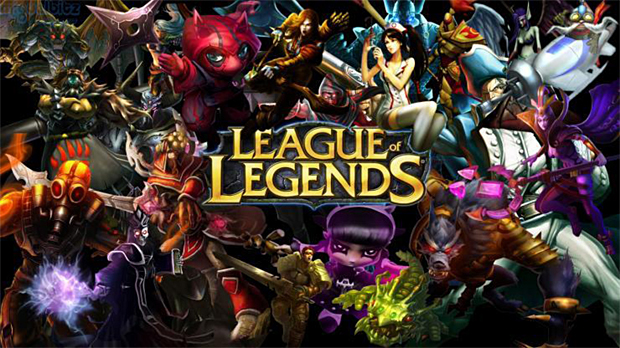This is a continuation of a previous article on one of the hottest topics at GDC 2015: How to earn money from free-to-play games, an increasingly important genre.
The two top F2Ps, CrossFire and League of Legends, both from Chinese gaming giant Tencent, earned $957 million and $624 million in 2013, respectively.
Even traditional online games, such as World of Warcraft with 7 million subscribers at $15 per month, are including in-game sales to increase income.
Animators are now expected to create not only sightlines and weapons for first-person shooters and emotions for role-playing games, but to generate visuals and sounds that compel players to push the “Buy” button.
Here are some more of the marketing tactics of F2P games.
6. Free downloads. In the old days, each game sold cost the publisher money, so the gamer had to pay upfront. Nowadays, games in their final forms are only electrons, and marginal costs are negligible. A successful F2P game needs a large audience, and the trick to getting that is to offer the game for free, with an easy download and interface, so the customer can start playing without having to grapple with the thought, “Is this really worth it?”
7. Create core loops. Core loops (a.k.a. habit loops or compulsion loops) are pleasurable, repetitive actions that players do over and over, in a pattern. An example might be: 1) Collect Resources (elixirs, coins, clothing, weapons); 2) Practice (plant, build, train, explore); 3) Exercise (battle, get famous, gather crops); and 4) Reset, while enjoying promotion to a higher game level, and the increased coins, power-ups, status and other rewards, before starting the next cycle. Core loops are a major way the mind is lulled into coming back into a game, and become more seductive with bright colors and cheerful audio.
8. Establish goals. Keeping players coming back for months or years requires setting strong goals, ways to achieve them, and multiple scoring displays. Ancient videogames had leaderboards showing simple point scores. Modern games display game levels; collections of currency, medals, honors, or followers; and progress in a story. Ideally, a player should have some rewards and be well along a game path before items to buy start to appear.
9. Use Anchoring. This is “mental modeling” that reduces the apparent price, to make the player spend more than planned. A customer walking into a car dealership might plan to spend $30,000, for instance, but after a salesman shows him an $80,000 luxury car, a $50,000 model no longer seems expensive. The salesman has established the $80,000 as a mental “anchor point” that other prices get compared to. If a Malibu House in the Kardashian game costs $20 in credit-card dollars, the Hollywood House for $10 starts to look reasonable.
10. Create Artificial Scarcity by Time. An item can be offered for sale for only one day, or a few hours. This creates an artificial limit on availability, and an urge in the gamer’s mind to buy it so he doesn’t “lose” the bargain. A successful tactic is to offer a consolation prize for a player who missed the timed offer, so he still has a “bargain” to anticipate instead of steeping in disappointment.
Part three will offer more insider marketing tips.




 Win a Funko X Lilo & Stitch Prize Pack!
Win a Funko X Lilo & Stitch Prize Pack!

